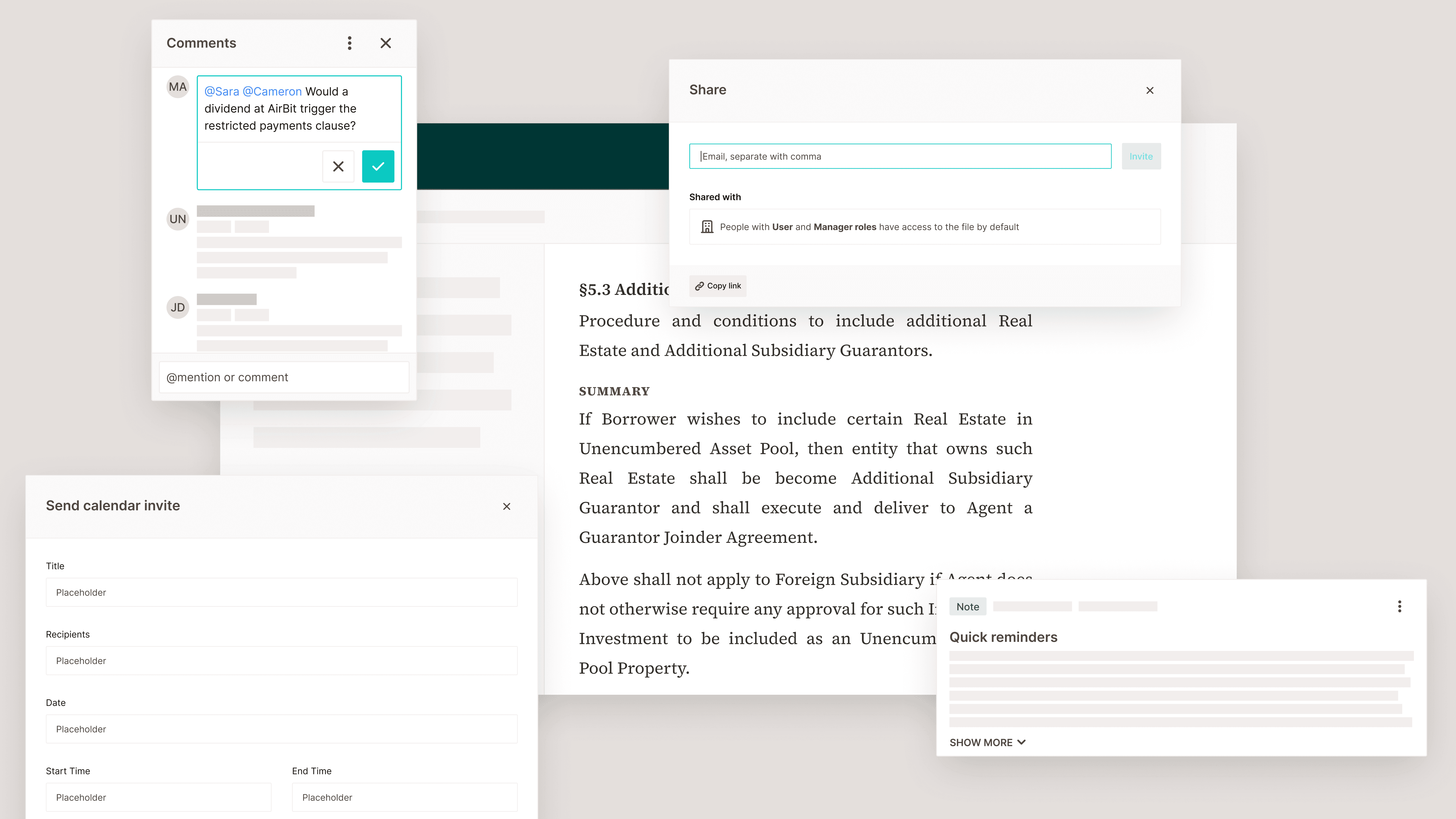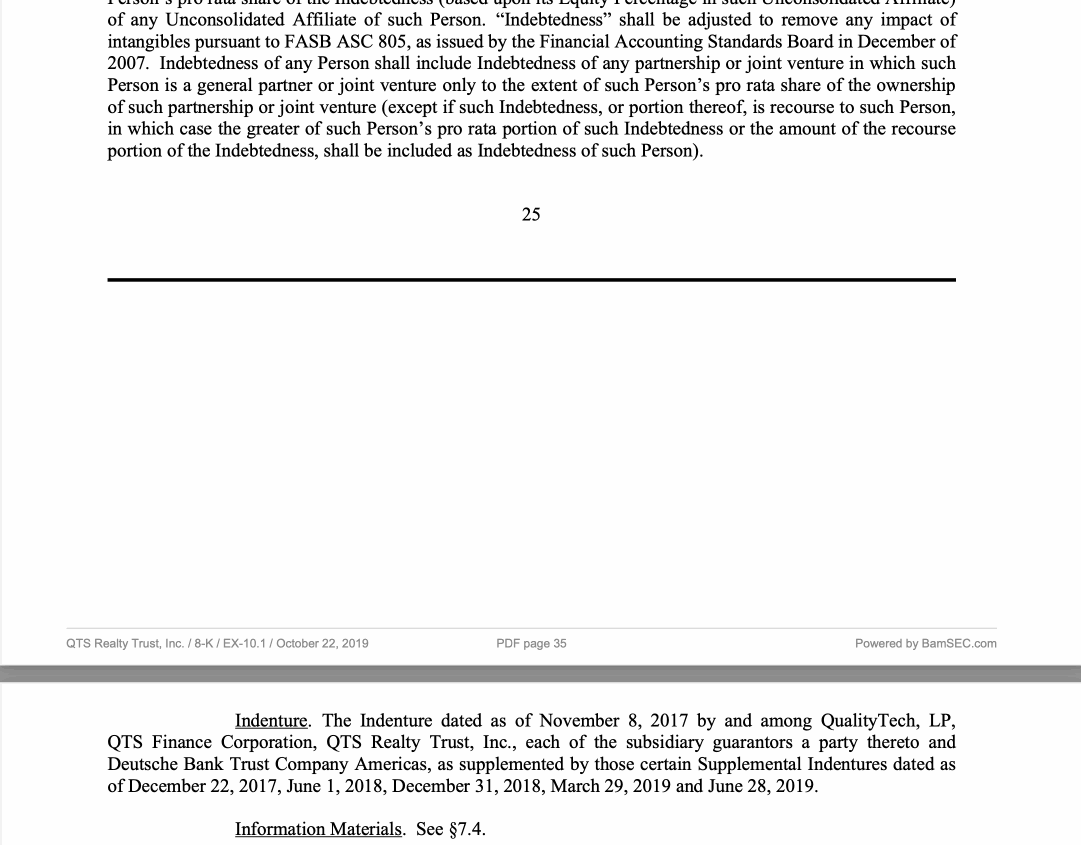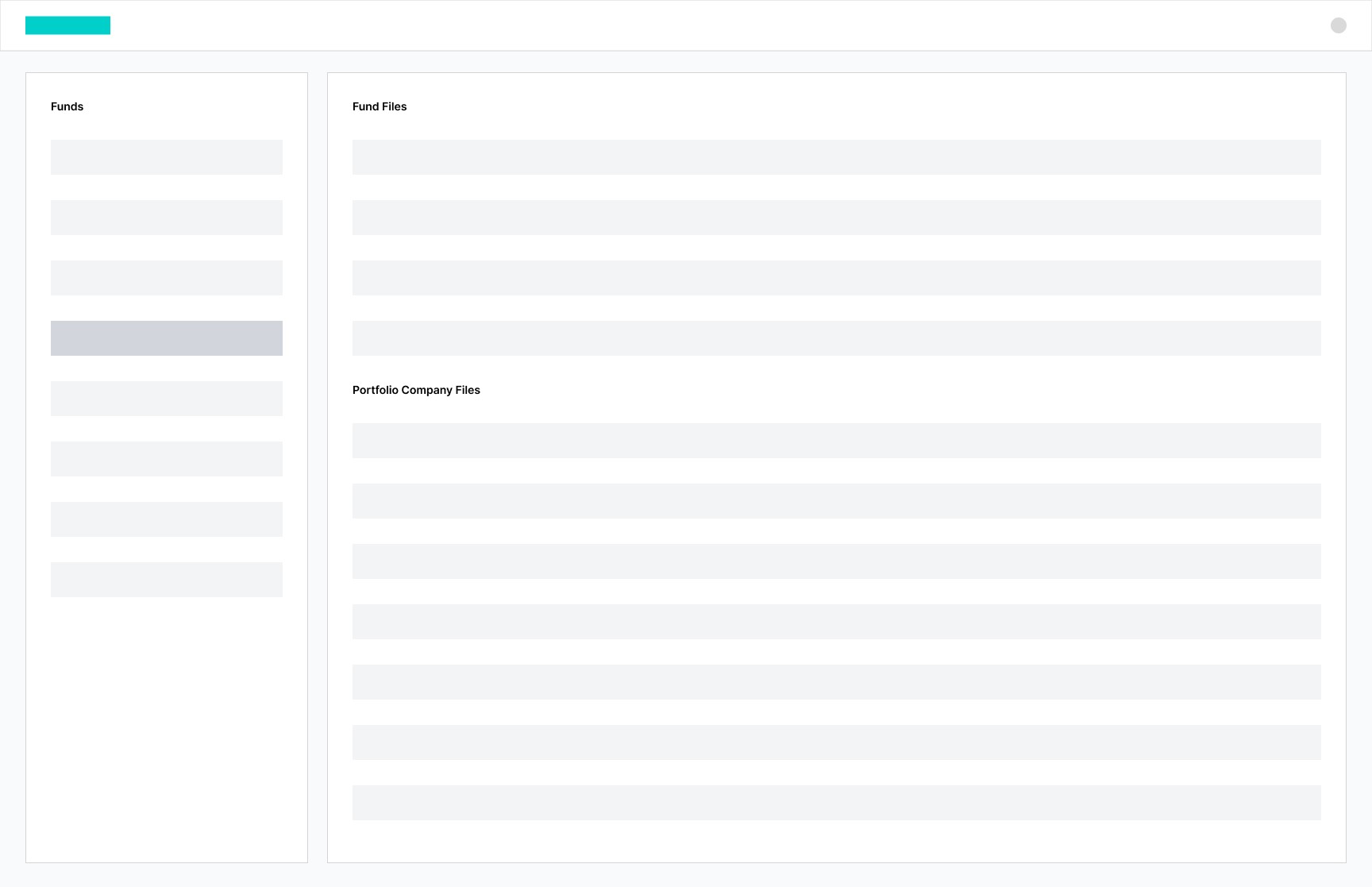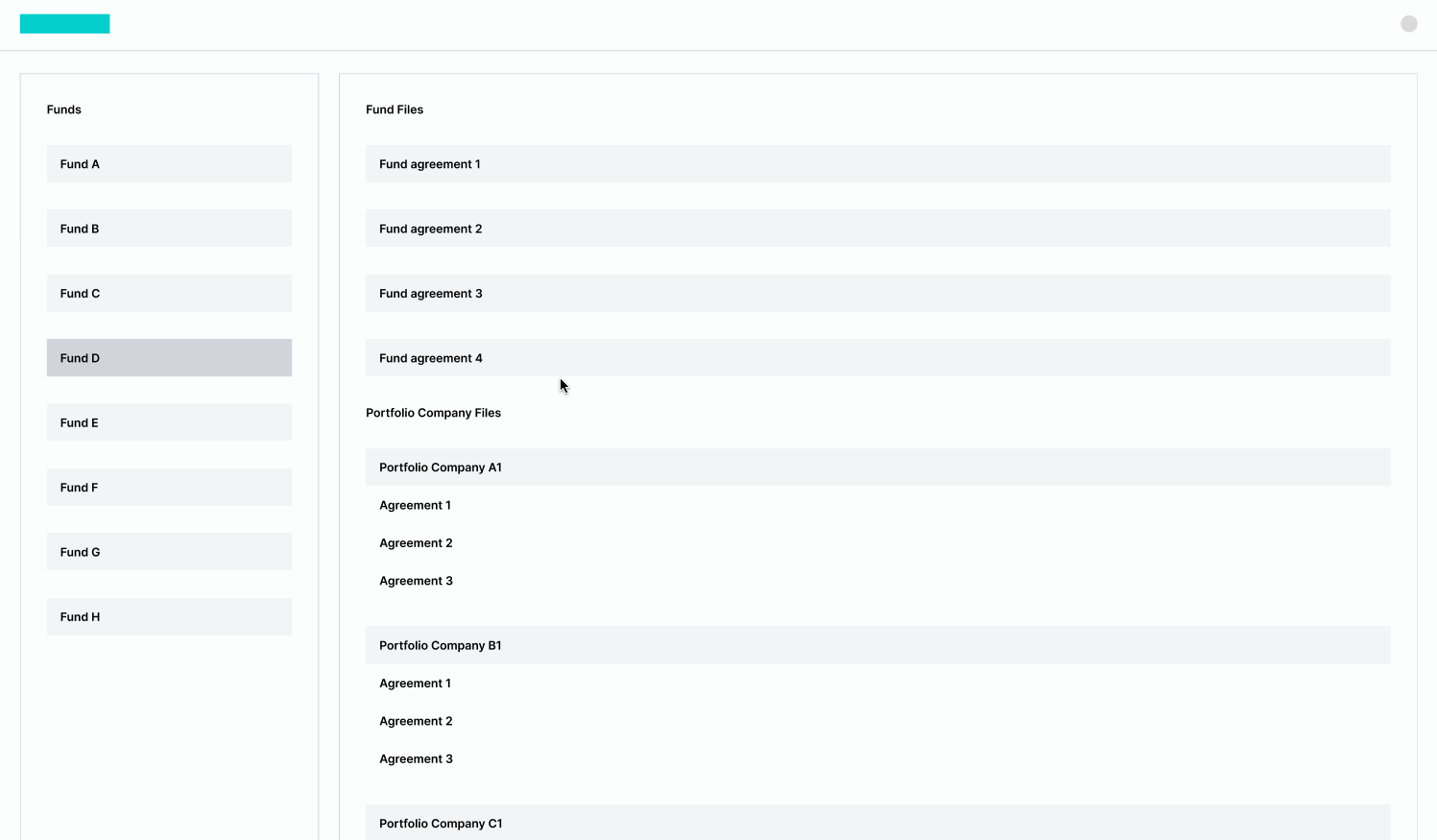Enterprise Debt Portfolio Management Platform
A Wall Street FinTech startup modernizing enterprise debt investing and management by coupling the world’s first and largest debt-focused AI SaaS platform.
Year
2022 - Present
Team
1 designer, 6 engineers
My Role
UX/UI Designer
Tools
Figma

Imagine being a CFO or Fund Manager who just signed a $200M debt deal. Fancy right?
Wrong! You have a pdf file. You send hundreds of emails and numerous phone calls to communicate with your team and send multiple duplicates of the agreement.
Worse, you print out the agreements because you need to make notes on post its and take the folder with you on vacation.

The Big Picture
Stakeholder Mapping

Where in the deal cycle does CredCore belong?
Post deal phase
Distribution of funds
Fund distributed as per agreement.
Compliance
Borrower must adhere to the covenants and conditions specified in the agreement.
Communication
Regular interaction with lender to update on company’s financial health.
Repayment
Makes regular payments as per the agreement terms.
Renegotiation
If necessary, a new agreement can be made with updated terms and conditions.
Basically, we help funds (lenders) manage their investments and enterprises (borrowers) manage their loans.
Who are our primary users?
CFOs:
Oversee the financial strategy and health of the company.

Fund Managers:
Oversee investment portfolios, including corporate debt, on behalf of institutional or individual investors.

Problem Statement
In post-deal phase of the corporate debt cycle, a critical challenge emerges as borrowers and lenders grapple with inefficient communication channels and lack of real-time visibility into financial performance. The absence of streamlined and transparent communication mechanisms results in delays in addressing emerging issues, leading to increased operational risks and potential financial setbacks for both parties. Additionally, the absence of a unified platform for data sharing and collaborative decision-making impedes the ability of borrowers and lenders to proactively navigate unforeseen challenges, hindering the post-deal success and sustainability of corporate debt agreements.
MVP Success
Goal
Our goal is to provide a centralised platform for CFOs and Fund Managers to manage their debt agreement and easily navigate around the document.
Success
Easy Navigation
Table of content can be interactive for quick and easy access to different parts of the document
Centralized Platform
Organize multiple debt agreements by the portfolio company and/or fund
Design, AI, engineering and business teams got together and decided to convert pdf to html format for easier parsing.
I started with a simple skeleton structure for the viewer and iterated my way to the final design
PDF challenges
Poor navigation
Lack of discoverability of ToC
Cumbersome, lengthy, hard to read texts
Lo-fi Wireframe
Breathing space for text for better visual quality.
Typography hierarchy to clearly separating clauses from headings
Table of Content navigation panel
To make a centralised platform for all debt agreements, we need a home screen from where the agreement documents can be easily accessed
The organisational structure of how debt deal work:
Funds (can have agreements)
Portfolio Companies
Documents
Simple Flow
Client Requirements and Impact/Effort Metric - Phase 1
"We have to keep a checklist of clauses to be monitored weekly, bi-weekly, monthly etc. Do you folks have that?"
"I want to be able to take short notes or even tag a team member to any of the clauses or sections. Is that possible?"
"Instead of sending files over emails, can I share the file within the system? It'll make life easier"
"Some of these clauses are too long and cumbersome. Can we get a summary of the clauses for each document?"
"I still need to go to the top of the page for definitions. I lose context jumping back and forth. Can I see the definition of the term on demand?"
Goal
To provide a collaborative platform for CFOs and Fund Managers to easily communicate with their team on any given agreement, keep a track of all the important covenants and a summary of all the clauses in the agreement
Design Challenges
Textual Hierarchy
We wanted to summarise it for better comprehension so differentiate between elements like title, header, clause and body text.
Modular design
As the requirements can increase, we wanted create a modular design to be able to handle any urgent feature requests from clients.
Constraints
Development Timeline
My challenge was to build a design patterns and components that fasten the development process so it can be quickly iterated.
AI summarization
Long texts are cumbersome to read. I had to work with the AI team to design clauses on a high level description and bullet points way.
Design Principles Applied
Easy to use
Since our personas were above 45 years of age, we wanted to keep the visuals simple and navigation easy to understand.
Notification and feedback
Any action taken on the platform, had to have a feedback for the user so they understand they next step, error or success of their actions.
Modularity and scalability
Some features had to be prepare for demo purpose only. We decide to keep a modular design that can be easily moved around for scalability.
Design in context
There is no competition for this product, yet. Since there was no reference, we decided to design strictly for the context of the business.





